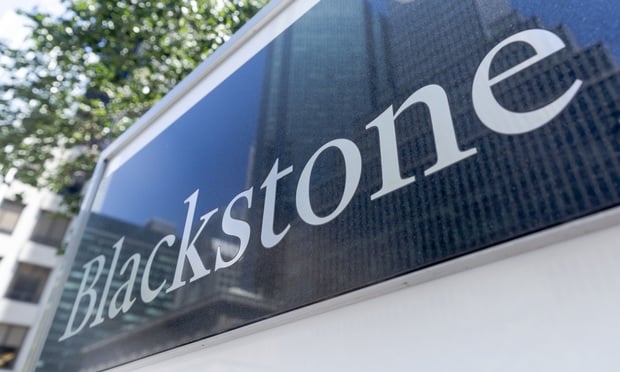If work-from-home trends stick after the pandemic, it could cause a permanent decline in demand for space and have a severe impact on property values, according to Fitch Ratings.
Fitch ran various stress scenarios to determine how telework would impact demand, rent and net cash flow on 2012-2020 vintage office CMBS transactions. Under scenarios of moderate and severe stresses, it found that 4.4% and zero, respectively, of 114 US CMBS office single-asset/single-borrower bonds maintain their current ratings.
Under its moderate stress scenario, Fitch assumes that employees will work remotely 1.5 days per week. That would result in a 20% decline in office workers and a 10% decline in office space demand. Fitch's severe scenario doubles these assumptions. It assumes that rents decline at 1.25 times the reduction in space. In this occurrence, increased vacancies magnify declines in rent levels.
Recommended For You
Want to continue reading?
Become a Free ALM Digital Reader.
Once you are an ALM Digital Member, you’ll receive:
- Breaking commercial real estate news and analysis, on-site and via our newsletters and custom alerts
- Educational webcasts, white papers, and ebooks from industry thought leaders
- Critical coverage of the property casualty insurance and financial advisory markets on our other ALM sites, PropertyCasualty360 and ThinkAdvisor
Already have an account? Sign In Now
*May exclude premium content© 2025 ALM Global, LLC, All Rights Reserved. Request academic re-use from www.copyright.com. All other uses, submit a request to [email protected]. For more information visit Asset & Logo Licensing.








